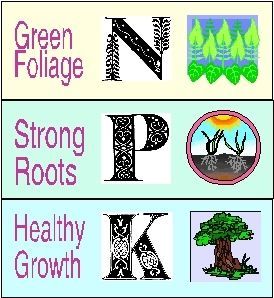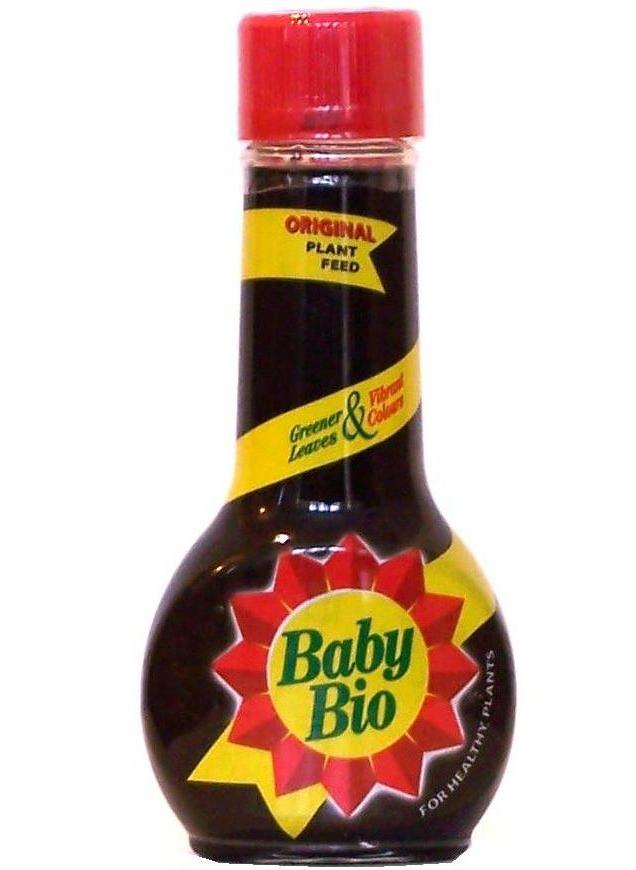Gardeners Tips on Feeding Plants
Plants need Air, Water, Sunlight and Nutrients to grow.
The top 3 nutrients are Nitrogen N Phosphorous P and Potassium K
Various plants also need other smaller amounts of minerals or trace elements such as Sulphur, Calcium, Iron. Magnesium, Copper and Zinc.
Liquid fertiliser is available as a concentrate or powder that is diluted and applied to the roots and surrounding soil. At larger dilution levels it can act as a foliar feeder adding nutrients through the leaves.
Solid Fertiliser is usually granular, pellet or powder form. They release feed over a longer perion as in Bone Meal, blood Fish and bone or Growmore. They can be incorporated in a planting hole or scattered on the surface to be washed in to feed existing plants.
Green Manure is a crop that is dug back into the soil to improve fertility and soil condition. Clover and pea plants fix nitrogen into the soil whilst grass clippings need nitrogen to rot down.
Apply fertilizer in spring at the start of the growing season and give a boost to vegetables in summer with a granular or liquid fertilizer
General Purpose fertilsers have a combination of all 3 key nutrient NPK and this is shown on the packaging in proportions 2:2:6 would have the same proportions of nitrogen and phosphorus but twice as much pottasium so would be good for flowers and tomatoes.
Baby Bio – popular household feed
Special fertilisers are available to meet needs of plants like, Orchids, Cactus, Indoor plants, African Violets, Tomatoes and others. Apart from trace elements there is nothing special about these mixes just the proportions vary. Baby-bio Orchid feed is identical to baby-bio normal except it is watered down by 50% and packaged in a different colour. Seaweed in solution has many trace elements and is a good general pick-me-up but not a substitute for a fertiliser.
Nitrogen N is used by the plant to produce leafy growth and formation of stems and branches. The more leaf a plant produces, the higher its nitrogen requirement so leafy vegetables like cabbage will be heavy feeder
Phosphorus P is essential for root development. It is needed particularly by young plants forming their root systems and by fruit and seed crops. Root vegetables such as carrots, and turnips obviously need plentiful phosphorus as do flowering bulbs.
Potassium K promotes flower and fruit production and is vital for maintaining growth and helping plants resist disease. It helps build up starches and sugars in vegetables and fruits but is most needed by flowers.


One thought on “Gardeners Tips on Feeding Plants”
Comments are closed.